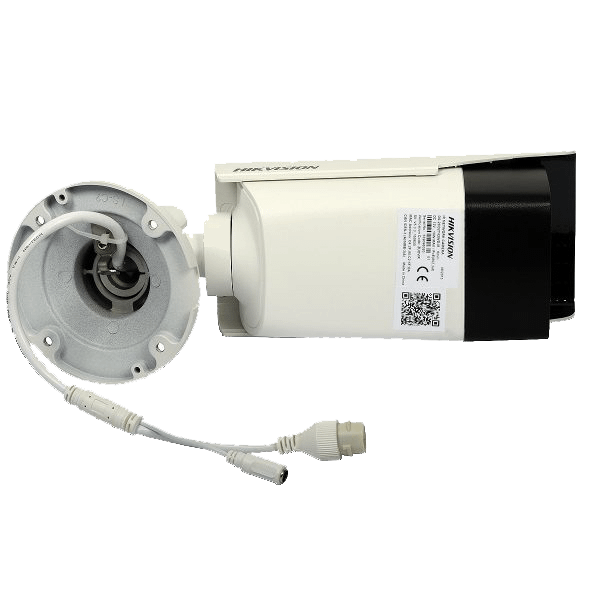- Products
- Solutions
- Brands
- Locations
- Blog
- Contact Us
Contact Us
Long Island:Manhattan:Queens:New Jersey:Bronx:I'am Intrested in:
Home / Security Cameras / Digital IP Camera
An Internet Protocol camera or IP camera is a type of digital video camera commonly employed for surveillance, and which, unlike analog closed-circuit television (CCTV) cameras, can send and receive data via a computer network and the Internet. Although most cameras that do this are webcams, the term IP camera or netcam is usually applied only to those used for surveillance that can be directly accessed over a network connection.

Some IP cameras require support of a central network video recorder (NVR) Unlike The DVR for Analog Systems to handle the recording, video and alarm management. Others are able to operate in a decentralized manner with no NVR needed, as the camera is able to record directly to any local or remote storage media. The first centralized
IP camera was Axis Neteye 200, released in 1996 by Axis Communications.
Previous generations of analog CCTV cameras use established broadcast television formats (e.g. Common Intermediate Format (CIF), NTSC, PAL, and SECAM). IP cameras may differ from one another in features and functions, video encoding schemes, available network protocols, and the API to be used by video management software.
IP cameras are available at resolutions from 0.3 (VGA resolution) to 29 megapixels. As in the 21st century, there has been a shift in the consumer TV business towards high-definition (HD) resolutions (e.g. 1080P (Full-HD), 4K resolution (Ultra-HD) and 16:9 widescreen format).
In order to address issues of standardization of IP video surveillance, two industry groups were formed in 2008: the Open Network Video Interface Forum (ONVIF) and the Physical Security Interoperability Alliance (PSIA). While the PSIA was founded by 20 member companies including Honeywell, GE Security and Cisco, and ONVIF was founded by Axis Communications, Bosch and Sony, each group now has numerous members. Cameras and recording hardware operating under the same standard will be able to work with each other, as each device will be communicating in the same language.


Potential benefits VS Analog Camera IP cameras differ from previous generation analog cameras which transmitted video signals as a voltage, whereas IP camera images are sent using the transmission and security features of the TCP/IP protocol. Some advantages to this approach include:
Two-way audio via a single network cable allows users to listen to and speak to the subject of the video (e.g. a clerk assisting a customer through step-by-step instructions).
The use of a Wi-Fi or wireless network.
Distributed artificial intelligence (DAI) as video analytics can be placed in the camera itself allowing the camera to analyze images
Secure data transmission through encryption and authentication methods such as WPA or WPA2, TKIP or AES.
Remote accessibility allowing live video to be viewed from any device with sufficient access privileges.
Power over Ethernet (PoE) to supply power through the ethernet cable and operate without a dedicated power supply.
Image Resolution in IP Cameras has a variety range of its megapixels rate, 4 times the resolution of an analog camera
Digital Camera With RJ45 Cat5/Cat6 Connector